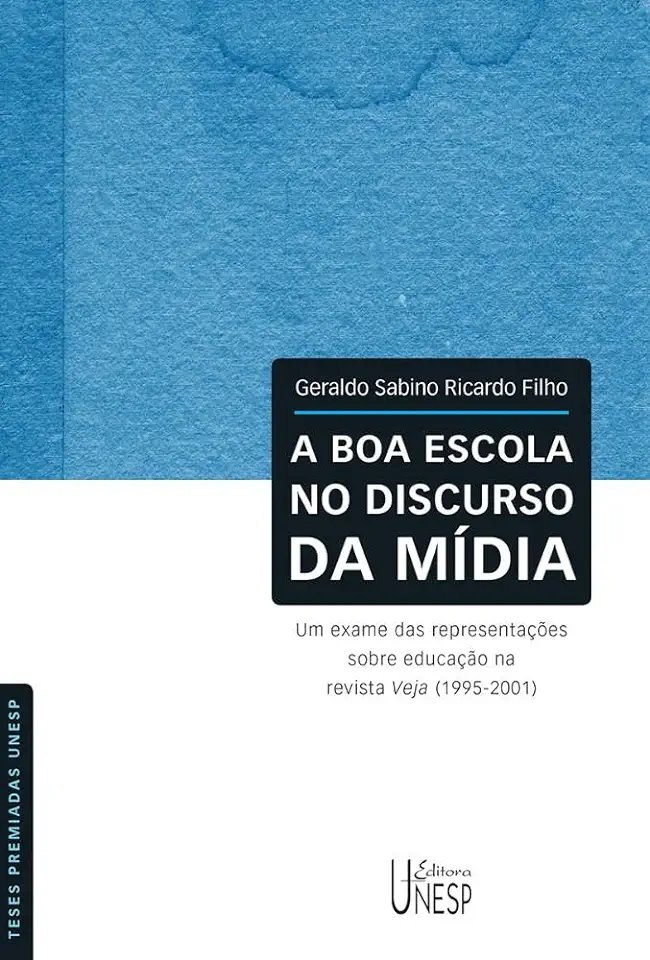
The Good School in the Media Discourse - Geraldo Sabino Ricardo Filho
The Good School in the Media Discourse: A Critical Analysis
In his book "The Good School in the Media Discourse," Geraldo Sabino Ricardo Filho offers a critical analysis of the ways in which schools are represented in the media. Drawing on a wide range of sources, including news articles, editorials, and policy documents, Ricardo Filho argues that the media often presents a distorted and incomplete picture of schools, one that is shaped by ideological biases and political agendas.
The Media's Role in Shaping Public Opinion
The media plays a powerful role in shaping public opinion about schools. By controlling the flow of information, the media can influence how people think about education and what they believe are the most important issues facing schools. Unfortunately, the media often fails to provide a balanced and accurate portrayal of schools. Instead, it tends to focus on negative stories about schools, such as reports of violence, cheating, and teacher incompetence.
This negative bias has a number of harmful consequences. It can lead people to believe that schools are in crisis, when in reality they are not. It can also make it difficult for schools to attract and retain good teachers. And it can discourage students from pursuing a higher education.
The Good School in the Media Discourse
In his book, Ricardo Filho argues that the media's negative bias towards schools is not simply a matter of chance. Rather, it is the result of a number of factors, including:
- The profit motive: The media is a business, and it needs to make money to survive. Negative stories about schools tend to attract more attention than positive stories, so the media is more likely to report on them.
- The ideological bias: The media is not neutral. It is owned and operated by people who have their own political and social beliefs. These beliefs can influence the way that they report on schools.
- The lack of understanding: Many journalists who report on schools do not have a good understanding of education. This can lead them to make inaccurate or misleading statements about schools.
The Need for a More Balanced Media Discourse
Ricardo Filho argues that the media needs to do a better job of providing a balanced and accurate portrayal of schools. This means reporting on both the positive and negative aspects of schools, and giving a voice to a wider range of stakeholders, including teachers, administrators, and students.
A more balanced media discourse would help to create a more informed public debate about education. It would also help to build trust between schools and the communities they serve.
Conclusion
"The Good School in the Media Discourse" is a valuable contribution to the literature on education and the media. Ricardo Filho's analysis of the media's portrayal of schools is insightful and thought-provoking. His book is a must-read for anyone who is interested in understanding how the media shapes public opinion about education.
Call to Action
If you are concerned about the media's negative bias towards schools, there are a number of things you can do to help:
- Support independent journalism. Independent journalists are more likely to provide balanced and accurate reporting on schools than journalists who work for large media corporations.
- Write letters to the editor. If you see a biased or inaccurate story about schools in the media, write a letter to the editor to express your concerns.
- Talk to your friends and family about the media's portrayal of schools. Help to raise awareness of the problem and encourage others to be critical of what they read and hear about schools.
By taking these actions, you can help to create a more balanced media discourse about schools.